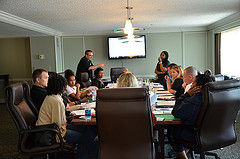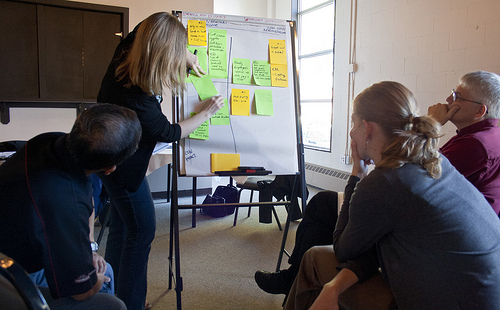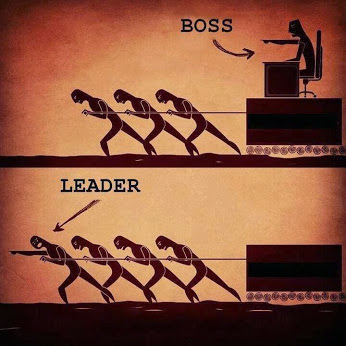In business, there are great leaders who can motivate and enable their teams to succeed, even when faced with daunting goals or under adversity.
“If your actions inspire others to dream more, learn more, do more, and become more, you are a leader.” (John Quincy Adams)

And there are some who profess to lead that, often unknowingly, suck the happiness and productivity out of employees and create a debilitating, toxic culture in the workplace.
“A leader influences and inspires the uninspired. A boss threatens and bullies the uninspired.” (Ty Howard)
These outcomes, good and bad, can be predicted. Better yet, they can be developed by identifying, understanding, and encouraging a small set of the most effective leadership attributes.
“The most dangerous leadership myth is that leaders are born-that there is a genetic factor to leadership. That’s nonsense; in fact, the opposite is true. Leaders are made rather than born.” (Warren Bennis)
If leadership can be learned, why don’t more business managers hone in on these most critical attributes? Some don’t work at it, but those who do are often overwhelmed by the clutter of conflicting material available these days.
With such information overload, honing in on effective leadership traits can be a challenge.
The Formula for Workplace Success
What makes a good business leader?
 To answer that question, we need to understand how employees are motivated.
To answer that question, we need to understand how employees are motivated.
Recent studies provide insight on the ingredients for workplace success. A survey by Right Management found that employees most often define success as enjoyment and happiness, even over salary, recognition, and high performance.
More understanding comes from follow-on studies based on StrengthsFinder 2.0, the #1 Wall Street Journal best seller. Recently, that methodology and data, which draw on surveys of over 10 million people, were used to reach this strong conclusion:
“When (people) agree with this statement – my supervisor, or someone at work, seems to care about me as a person – they are significantly more likely to stay with the organization, have much more engaged customers, are substantially more productive, and produce more profitability for the organization.” (Strengths Based Leadership by Tom Rath and Barry Conchie)
In addition, 69% of employees who felt enthusiastic about the future were actively engaged in their jobs compared to 1% who did not feel that and were engaged. It appears that “hope” is an area in which leaders can have strong influence in their organization.
In summary, if employees enjoy being at work, feel their leaders care for them, and have hope for the future, they will be much more satisfied and productive.
But what can a leader do to address these fundamental needs of employees?
They can help their teams develop strengths, and minimize weaknesses, in areas which contribute to these feelings at work. This starts by leaders developing a balanced, effective work style for themselves, and then modeling that behavior for their employees.
Balanced and Effective Leadership
Subject matter understanding and skills are needed to be effective in the workplace, and such informed expertise is critical to deliver good business results. That is a given.

But there are three other areas which greatly influence workplace effectiveness:
1. Spiritual Wisdom to align with God’s calling in the workplace and develop our character.
Our spirituality should impact our professional life. If we believe in God, we should include God in our approach to work, and draw on that wisdom while on the job.
2. Emotional Well-Being to remain effective even when dealing with issues or brokenness.
Our efficiency can be adversely affected by negative situations, personal issues, or addictions. We can learn to deal with those issues and, not only remain productive, but develop positive life skills to help us handle all work situations more productively.
3. Personal Excellence to become focused and intentional on being the best we can be.
There are certain pragmatic, how-to attributes and techniques, which can be learned and improved upon, which make us more or less effective at work.
Studies of human behavior and decades of observation have helped identify the critical attributes needed to have balanced and effective leadership in these areas.
And there are specific strengths that can be developed, and weaknesses which can be improved upon, that will increase workplace effectiveness. This is critical information for leaders to understand, both for themselves and their employees.
These strengths and weaknesses will be covered in the next two articles of the STEPS Journey Blog. This three-part series will help any business leader get better.
Effective leadership in the workplace is a skill that can be developed.
If you know what areas to focus on.
Question: Do you understand your leadership strengths and weaknesses?
Action: Read Part 2 of this article in the STEPS Journey Blog to become a more effective leader.
Photo by poptech  Photo by The Natural Step Canada
Photo by The Natural Step Canada  Photo by AFGE
Photo by AFGE  Photo by ocd007
Photo by ocd007 

